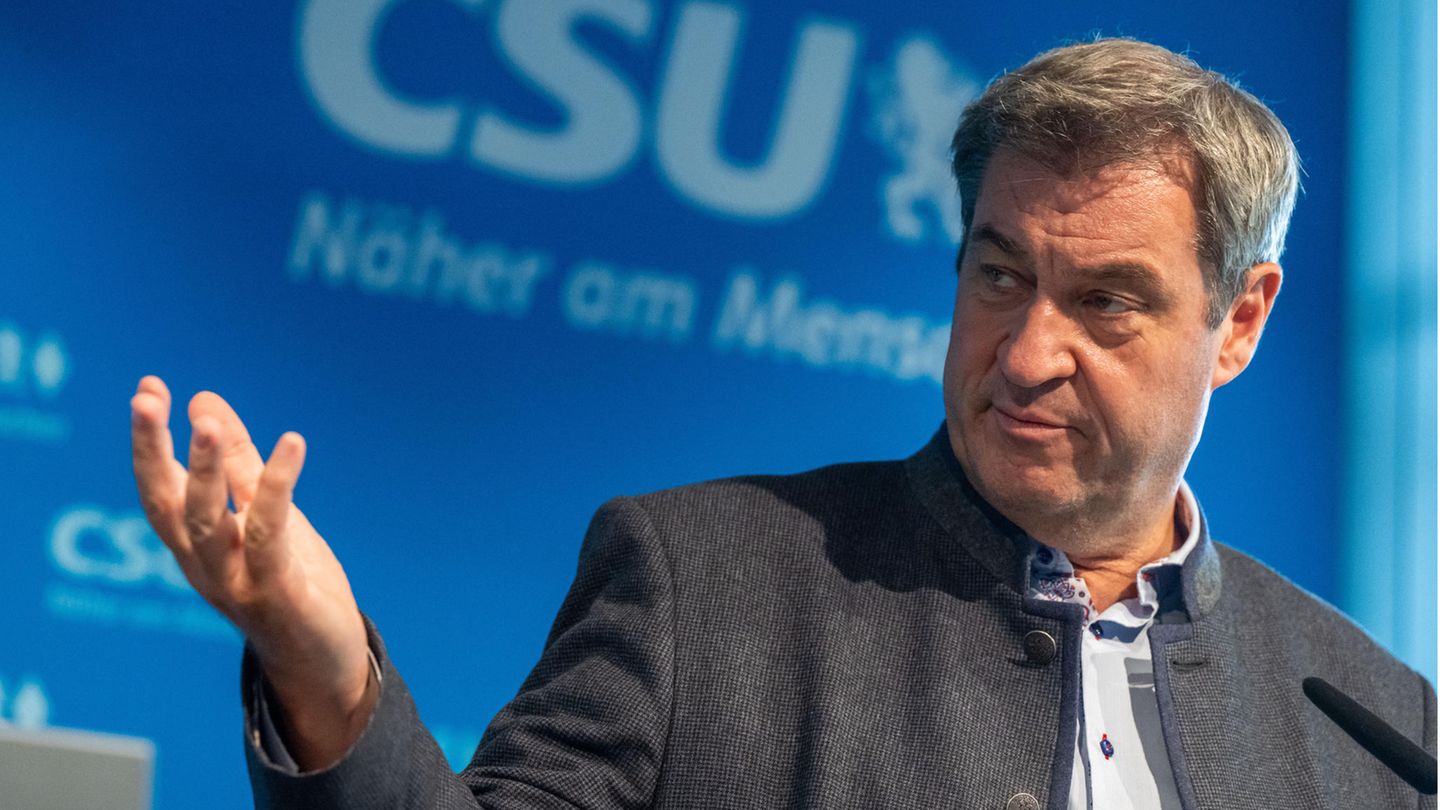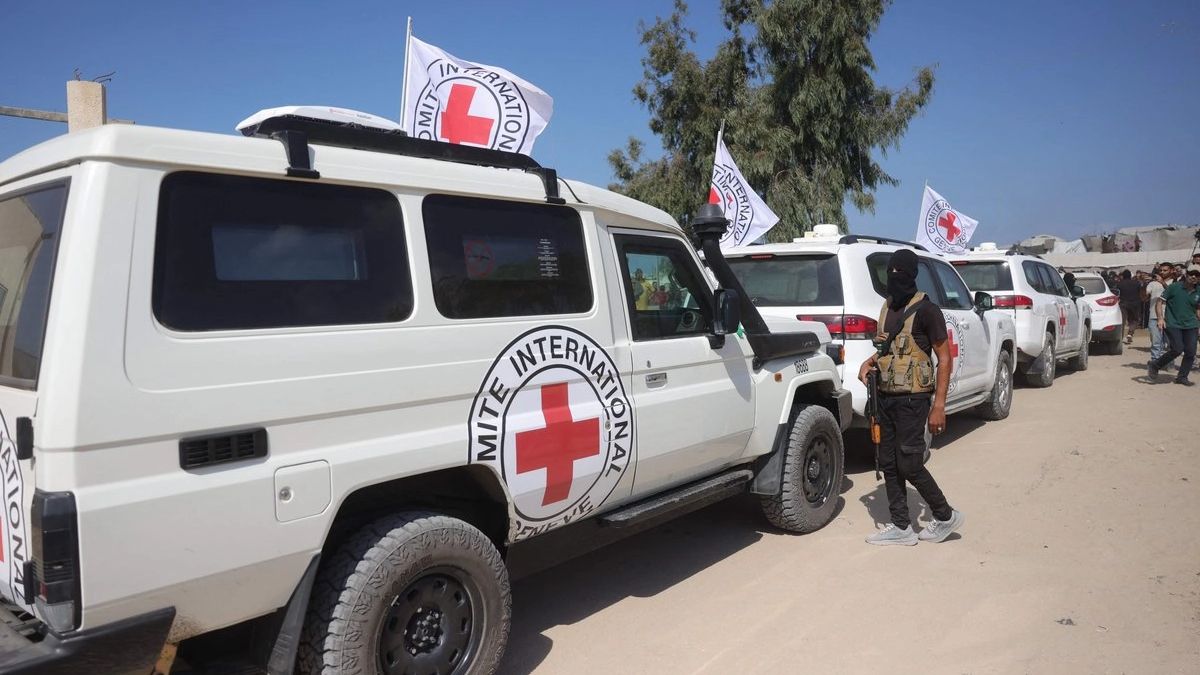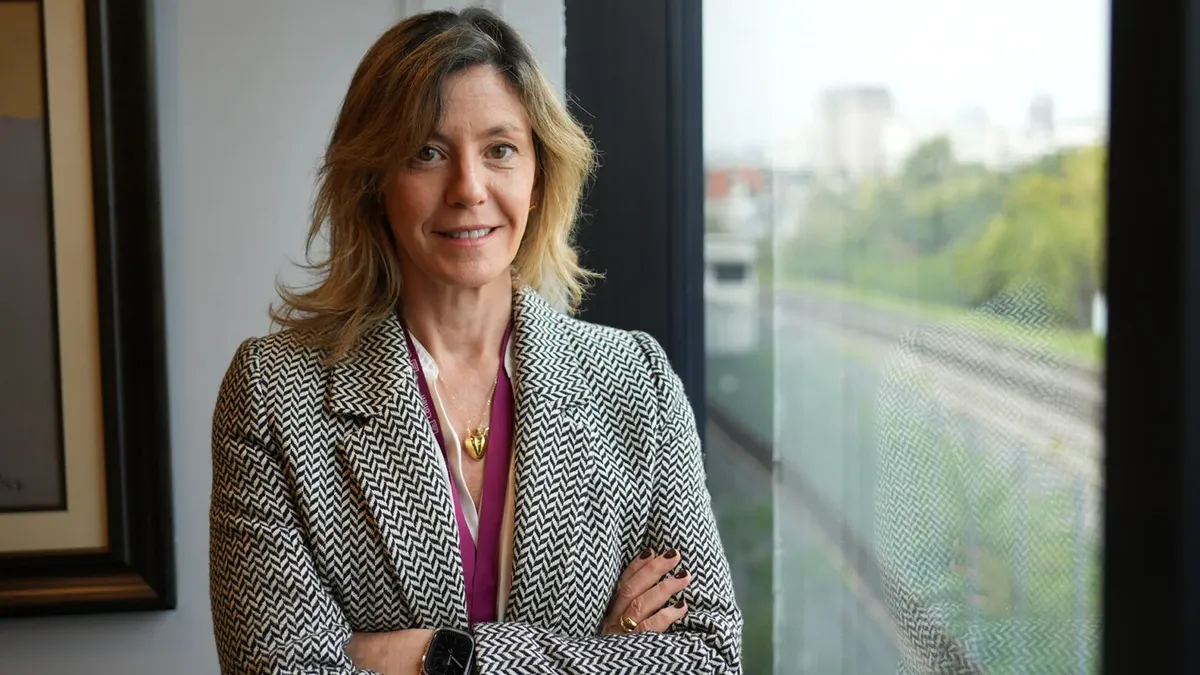Sometimes more, sometimes less, sometimes nothing at all: Not all suggestions in migration policy are useful, says migration researcher Gerald Knaus. What is currently being discussed – an overview.
How is the situation?
Tense. For months, cities, municipalities and districts have been complaining about an overload in the accommodation and care of asylum seekers and war refugees from Ukraine. On Monday, the Berlin State Office for Refugee Affairs (LAF) reported that the capacity of the accommodation. The situation varies greatly from “city to city,” said Helmut Dedy, managing director of the German Association of Cities, in the . However, the municipal reception capacities are “exhausted in many places”. Federal President Frank-Walter Steinmeier also sees it.
In the first eight months of this year, around 204,000 people have already submitted an initial application for asylum to the Federal Office for Migration and Refugees (BAMF), in addition to those who have found refuge in Germany since the start of the war.
Where do the refugees come from?
According to the BAMF, a total of 220,116 people applied for asylum in the period from January to August 2023, of which 204,461 were initial applications – an increase of 77.2 percent compared to the previous year (2022: 115,402 initial applications). Most initial applications came from Syria, Afghanistan and Turkey:
|
Nationalities with the highest access (according to initial applications) |
in total |
Initial applications |
Follow-up applications |
|
1. Syria |
62,610 |
61,483 |
1127 |
|
2. Afghanistan |
37,474 |
35,798 |
1676 |
|
3. Türkiye |
29,661 |
28,746 |
915 |
|
4. Iraq |
8365 |
7584 |
781 |
|
5. Iran |
7789 |
7166 |
623 |
|
6. Georgia |
7405 |
6691 |
714 |
|
7. Russia |
6306 |
5326 |
980 |
|
8. Somalia |
3865 |
3539 |
326 |
|
9. Eritrea |
3163 |
3079 |
84 |
|
10. Unexplained |
2785 |
2620 |
165 |
|
All nationalities in total |
220,116 |
204,461 |
15,655 |
source:
What proposals are on the table?
One “Integration limit as a guideline” CSU boss Markus Söder brought this into play. He referred to the admission “cap” of 200,000 migrants per year enforced by the previous government. This concept was based on “what the municipalities can achieve,” said Söder.
Migration agreement are intended to reduce irregular migration and promote regular migration. The federal government has appointed FDP man Joachim Stamp as a special representative to conclude “partnership” agreements with countries of origin from which both sides should benefit. The most recent example of such an agreement: the EU-Tunisia deal. Essentially, this stipulates that Tunisia receives money and in return ensures that the number of refugees via the Mediterranean route falls.
The Expansion of “safe countries of origin” is intended to speed up asylum procedures, but is causing disputes in the traffic light coalition. The FDP wants to classify the Maghreb states (Algeria, Morocco and Tunisia) as such, but the Greens are against this. According to the German interpretation, a country is considered a “safe country of origin” if, for example, people there are not threatened with political persecution.
The Fight against smugglers should be promoted at EU level by increasing the surveillance of the external borders at sea and from the air. Interior Minister Nancy Faeser (SPD) is also aiming for tougher action at the national level – for example through the “quick and consistent” expulsion of smugglers and the establishment of a new task force with neighboring states in order to “significantly increase the pressure to search,” said Faeser.
One Reform of EU asylum law Following agreement between the EU states, it is now being discussed and voted on by the European Parliament. Plans include, among other things, faster asylum procedures at the external borders and a new distribution mechanism ().
What good are the plans?
Sometimes more, sometimes less – and sometimes nothing at all: migration researcher Gerald Knaus arranges the individual suggestions in the star-conversation.
Gerald Knaus on an “integration limit as a guideline” à la Söder: “This proposal is rhetoric, just like the promise in the coalition agreement that the traffic light wants to reduce irregular migration. A benchmark does no harm, but it also does not lead to any concrete actions. Saying that Germany should grant protection to up to 200,000 people a year is in view of 125,000 positive decisions in 2022 do not break a taboo. To say that the BAMF should close its doors if there are more than 200,000 asylum applications would be a violation of the law. Söder also knows that, which is why he doesn’t say that.”
…on migration agreements: “Migration agreements can do harm and good, do nothing at all or do a lot. What is crucial is that both sides get something out of it and that it is clear how future irregular migration should be reduced. The Tunisia deal shows how not to do it: since As a result of the agreement, more people from Tunisia are coming to Europe. The human rights situation on site has deteriorated during the negotiations – which in turn is leading to more people fleeing to Europe. A successful migration agreement is based on rapid returns, following a procedure, either to the country of origin or for asylum seekers to a safe third country that guarantees humane accommodation and fair asylum procedures.” Only that would lead to less irregular migration because fewer people would then make the dangerous journey across the Mediterranean – as was the case in the Aegean in 2016 after the EU-Turkey deal, which is also based on a proposal from Knaus.
© Federico Gambarini / DPA
Gerald Knaus
is a sociologist, migration researcher and co-founder and chairman of the think tank European Stability Initiative (ESI). He has written several books, most recently “What Boundaries Do We Need?”
…to expand “safe countries of origin”: “Although a large number of asylum applications are made in Germany – there are relatively few from the Maghreb states. The immediate effect of such a decision would therefore be small. Declaring Tunisia a ‘safe country of origin’ would not automatically lead to it “More people are being taken back. Moldova and Georgia are cooperating on all returns. They have a great interest in this, they want to become EU members and their citizens can travel in the EU without visas. They want to keep that.”
…to fight against smugglers: “The idea that we can stop internal migration in borderless Europe is a widespread illusion. Many countries have tried this since 2015 without lasting success, from France to Austria. If Germany turns someone away to the Czech Republic, that person will not disappear into thin air “But rather try it again. This creates a market for smugglers within the EU. The best way to fight smugglers is to destroy their business model. At the external borders through quick returns. This doesn’t work at the internal borders.”
… on the reform of EU asylum law: “In essence, the reform will not bring any important changes. Much of what is controversially discussed has long been possible. And much of what is already legally required is being ignored by states. Germany as the main target country should be interested in ensuring that in all EU countries, EU law is enforced and refugees are treated humanely everywhere. Then there would also be people who stay in Italy or Romania because they are supported there, then Germany could also send refugees recognized in Greece back to Greece. This is currently possible “Not that. The most important relief for Germany would be to reduce irregular migration into the EU as a whole. Keyword: migration agreement.”
What does a migration researcher recommend?
Basically, migration agreements that Germany concludes in solidarity. “A main target country like Germany must look for partners, such as Greece, who are also interested in implementable solutions, such as a renewed agreement with Turkey,” says Knaus. “A coalition could then make offers to transit countries that take back those who are required to leave the country – or, if these transit countries are also safe third countries, asylum seekers – in return for legal mobility, quotas for legal labor migration, scholarships or visa facilitation.” Such a solution is already in the traffic light coalition agreement, it just needs to be implemented. This would reduce irregular migration and promote regular migration.
However, migration researcher Knaus is extremely skeptical about one point: “A pan-European solution that actually makes a difference is very difficult to achieve due to the diverse interests of the member states.”
Source: Stern
I have been working in the news industry for over 6 years, first as a reporter and now as an editor. I have covered politics extensively, and my work has appeared in major newspapers and online news outlets around the world. In addition to my writing, I also contribute regularly to 24 Hours World.




